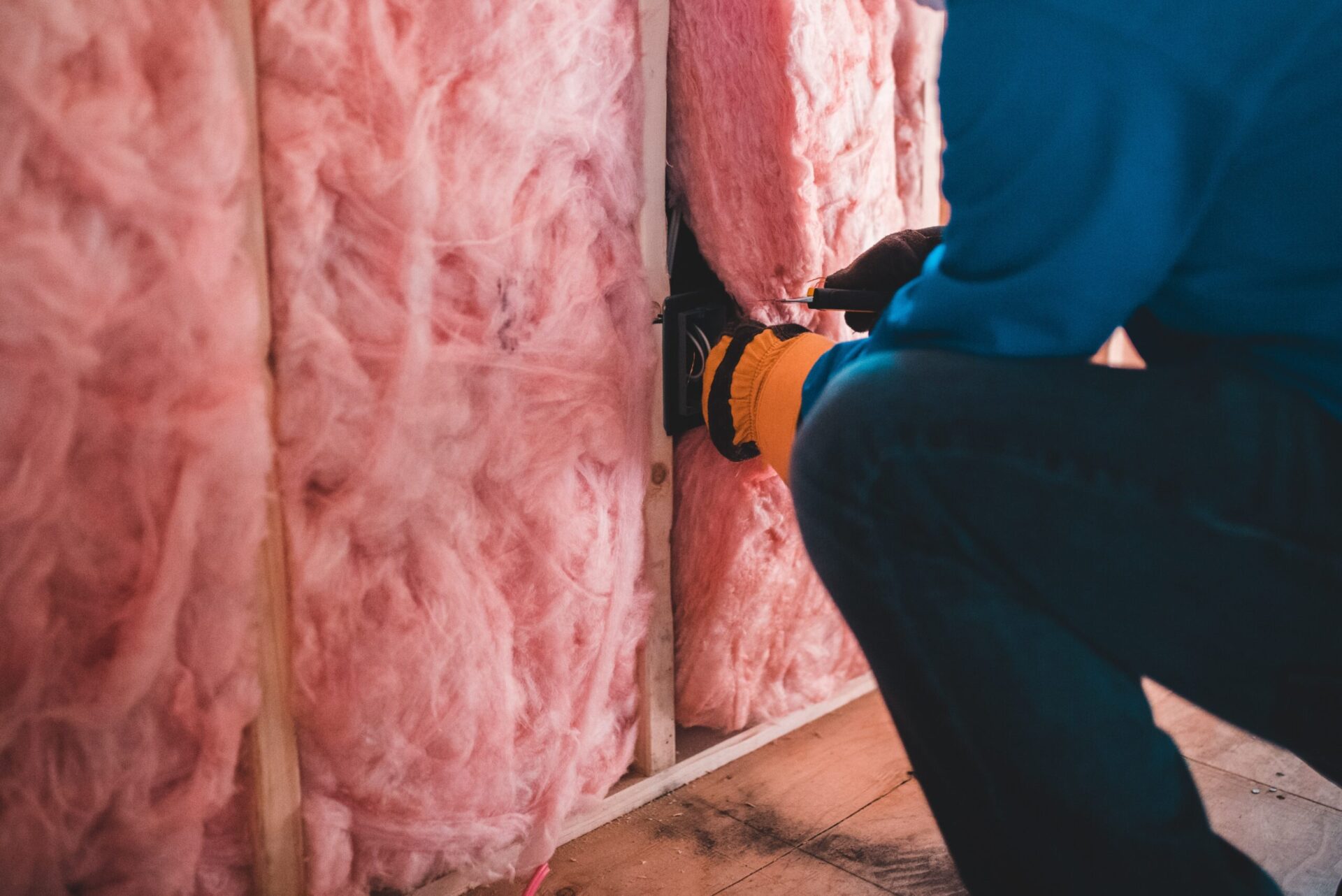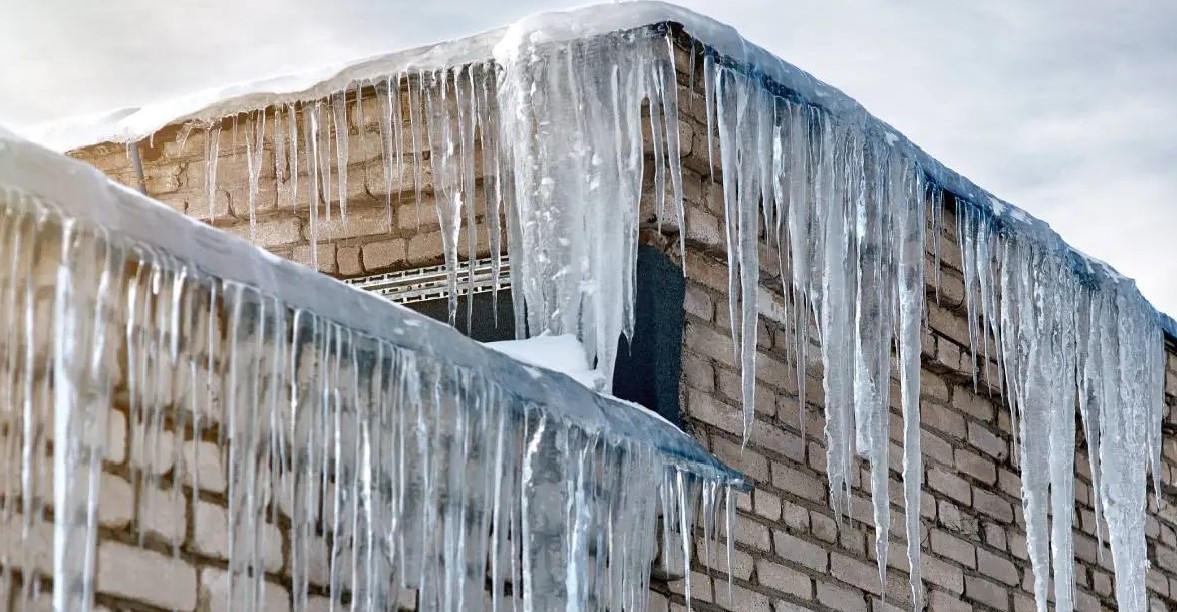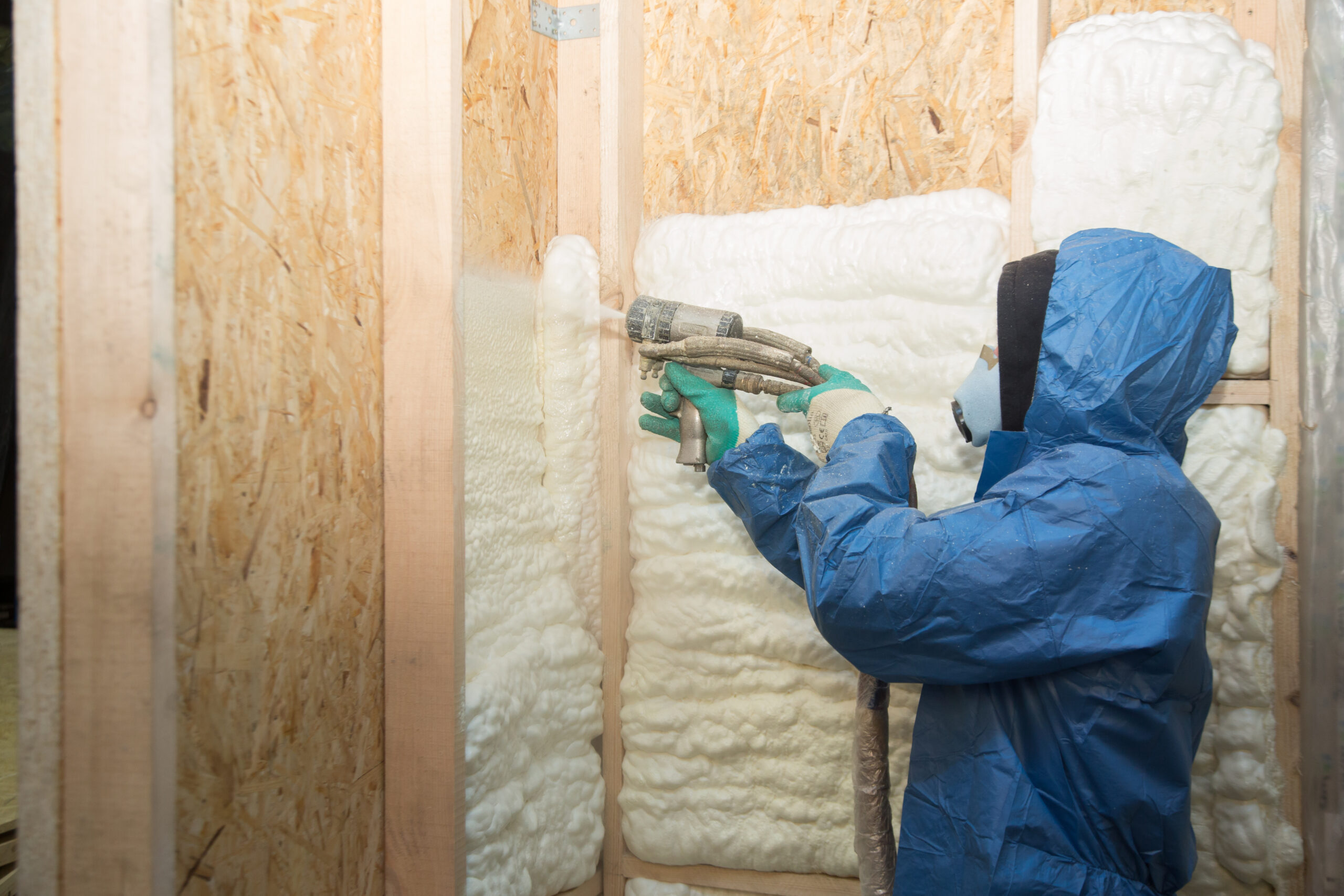How Does Fiberglass Insulation Work

Before fiberglass insulation, the go-to insulating materials for homes and other buildings included mud, horsehair, straw, and wool — all highly-combustible materials. When fiberglass insulation was created in the early 1930s by a scientist at Owens Corning, it quickly became the insulation of choice.
The material is non-conductive and conveniently available in either roll or batt form, which led to its status as one of the most popular insulating materials.
Today, however, homeowners can choose better options for home insulation.
As leaders in the insulation marketplace since 1928, Standard is the go-to insulation contractor in the Mohawk Valley and Capital Region. Over the years, we have worked with a variety of insulation types, making our team quite knowledgeable in what will work best in specific situations.
Before providing our recommendations for fiberglass alternatives, let’s take a closer look at what is in fiberglass insulation and how it works.
What Is in Fiberglass Insulation?
Fiberglass insulation mainly contains fine glass fibers that are woven together. The material is often a pink color, but it may also be green, yellow, or white.
It comes in several forms, including batts, which is blanket-like insulation usually stapled into place and purchased in rolls or pre-cut pieces. Batts can vary in thickness and width to accommodate varying R-values, or the rating of the insulation’s insulating capability.
This insulation can also be used as a blown-in material, with bags of loose fiberglass fill blown into walls, floors, and attics.
Pros and Cons of Insulating with Fiberglass
Fiberglass gained popularity because it was among the best available options at the time. As a fire-retardant material, it enhances home safety while posing a minimal fire hazard. It’s also relatively inexpensive, helps muffle sound for decreased noise levels, and offers energy efficiency.
However, fiberglass insulation also has numerous downsides, including the following:
Installation Challenges
Fiberglass may be easy to install, but if it isn’t done correctly, it loses significant efficiency. It’s difficult to fit the material into corners, cavities, and oddly shaped spaces. Gaps in the layers of insulation can also decrease its performance.
Air Leaks
Fiberglass isn’t as dense as more modern insulating materials. It requires additional effort to ensure reduced air exchange for optimal energy efficiency, while today’s preferred materials offer improved air sealing.
Moisture Problems
Compared to other materials, fiberglass is among the least efficient options for repelling moisture. This could lead to mold and contamination if there’s a leak or frequently humid conditions. Mold growth compromises air quality and can damage your home’s walls and other structural elements.
Fiberglass Insulation Alternatives
After nearly a century of expertise in insulation installation, Standard has stopped using fiberglass insulation. Newer alternatives are safer, offer increased efficiency for more long-term cost savings, and provide additional benefits compared to fiberglass insulation.
Spray Foam Insulation
While fiberglass insulation can gap and be difficult to install in unconventionally shaped areas, spray foam insulation expands when applied. That expansion allows it to efficiently seal gaps, cracks, and other spaces. In addition to sealing and preventing air flow through joints and openings, spray foam insulation conforms to each space’s nuances for a customized fit.
It works best in spaces with open walls, such as new construction and homes being renovated. The benefits of using spray foam include added structural strength, water-resistance, improved air quality, and mold prevention.
Spray foam insulation also has a superior R-value, making it an excellent choice for homeowners looking to save on utility costs.
Blown-In Insulation
Like spray foam, blown-in insulation offers superior efficiency with a higher R-value than fiberglass. Additionally, fiberglass insulation can lose its R-value in cold conditions, but blown-in cellulose insulation maintains its air flow and heat flow-resistance in any climate.
This material is primarily made of environmentally friendly cellulose that is specially treated to ensure fire resistance to keep homes safe. Blown-in cellulose insulation offers minimally invasive installation, making it a good choice for various scenarios. In addition to reinforcing the building’s structural elements, it also provides a customized fit, even in areas without open walls. It seals even the tiniest openings, helps muffle indoor and outdoor noises, and provides flexible efficiency.
Contact Standard for Answers to All Your Insulation Questions
Choosing the right insulation material for your replacement, upgrade, or installation is important to ensure the best possible results. The best part? Insulation projects often lead to a significant reduction in heating and cooling expenses, paying you back for project costs in a short time.
For expert advice on insulation for your home or business, schedule a free consultation online or call us today at 1-800-738-1424.



